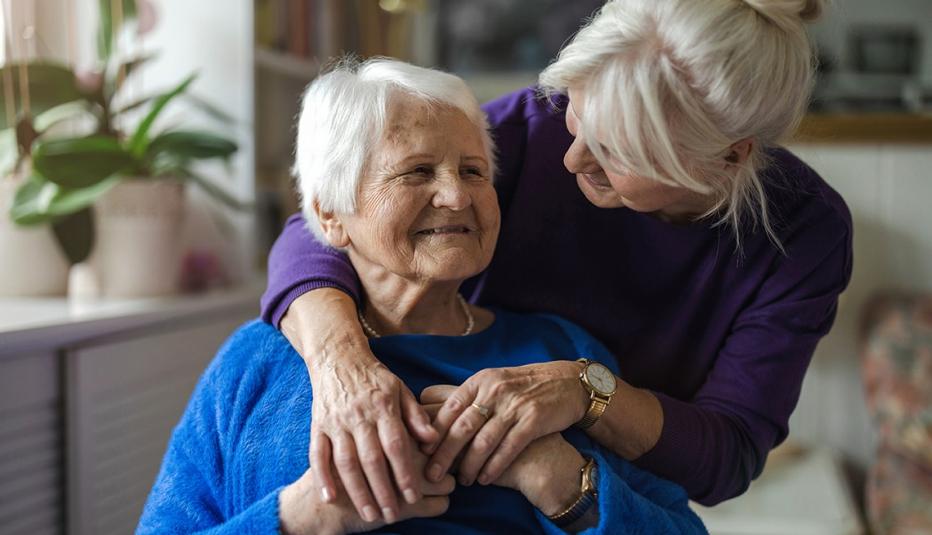AARP Hearing Center
Today millions of Americans serve as family caregivers; with the population aging, those numbers will only increase. As of 2020, more than one in five Americans (21.3%), or 50.3 million adults in the United States, were caring for an adult loved one or a child with special needs, up from 43.5 million caregivers in 2015. Caregiving for adults only has risen from about 17% in 2015 to just over 19% in 2020, an increase of more than 8 million adults. The typical family caregiver is a 49 year-old woman (although AARP policy research shows that about 40% are men). The loved one being cared for is typically a woman who is 69 years of age (Caregiving in the United States, 2020).


This important role comes with its own unique challenges. Many people simultaneously serve as caregivers and hold down jobs. Caregivers are often asked to perform complex health care duties, and many face unique daily stresses that can be exacerbated by another caregiver tendency: neglecting their own self-care.
To add to our knowledge about caregivers nationally and to gain greater state-level understanding of the issue, AARP has been conducting state caregiving surveys since 2014, averaging about 13 such surveys a year. Among other purposes, survey findings provide important information for state legislators to help pass caregiving-related legislation, such as the CARE Act, paid family leave that includes caregiving, tax credits for caregivers, respite care, nursing delegation and scope of practice, telehealth, and other state legislation.
In these surveys, a caregiver is considered to be someone who provides unpaid care for an adult who is at least 18 years of age. Our state surveys interview 800 to 1,200 voters who are at least 40 or 45 years of age by telephone or by cell phone.
Trends Uncovered: Caregiver Findings from State Surveys
Typically in our state caregiving surveys, we find that the majority of caregivers (40 or 45-plus) are women who are caring for a parent. Most of these caregivers help their loved ones with transportation, household chores, meals, or shopping. A few other notable findings the state surveys reveal include:
- Many caregivers perform more complex tasks such as bathing or dressing, medication management, or other medical or nursing tasks.
- Many caregivers have been employed at some point during their caregiving journey and feel stressed in balancing their job and their family.
- Many caregivers feel stressed emotionally due to their caregiving responsibilities.
- Not surprisingly, if they needed help themselves due to aging or illness, most voters would prefer to receive care at home with caregiver assistance.
Insights by State: (PDF)
- Alabama
- Arizona
- California
- California Caregiving Profile
- California Caregiving Profile (Spanish)
- California Community Caregiving Services
- California Community Caregiving Services (Spanish)
- California Long Term Services and Supports
- California Long Term Services and Supports (Spanish)
- California Caregiving: Workplace Flexibility
- California Caregiving: Telehealth
- California Caregiving; Nurses Supporting Family Caregivers
- California Caregiving Chartbook
- California Caregiving Annotated Questionnaire
- Illinois
- Indiana
- Iowa
- Kansas
- New York
- North Carolina
- North Dakota
- Ohio
- Oklahoma
- Oregon
- Utah
- Virginia
- Washington State
- West Virginia
- Wisconsin
For more information, contact Terri Guengerich at tguengerich@aarp.org. For media inquiries, contact media@aarp.org.



































































